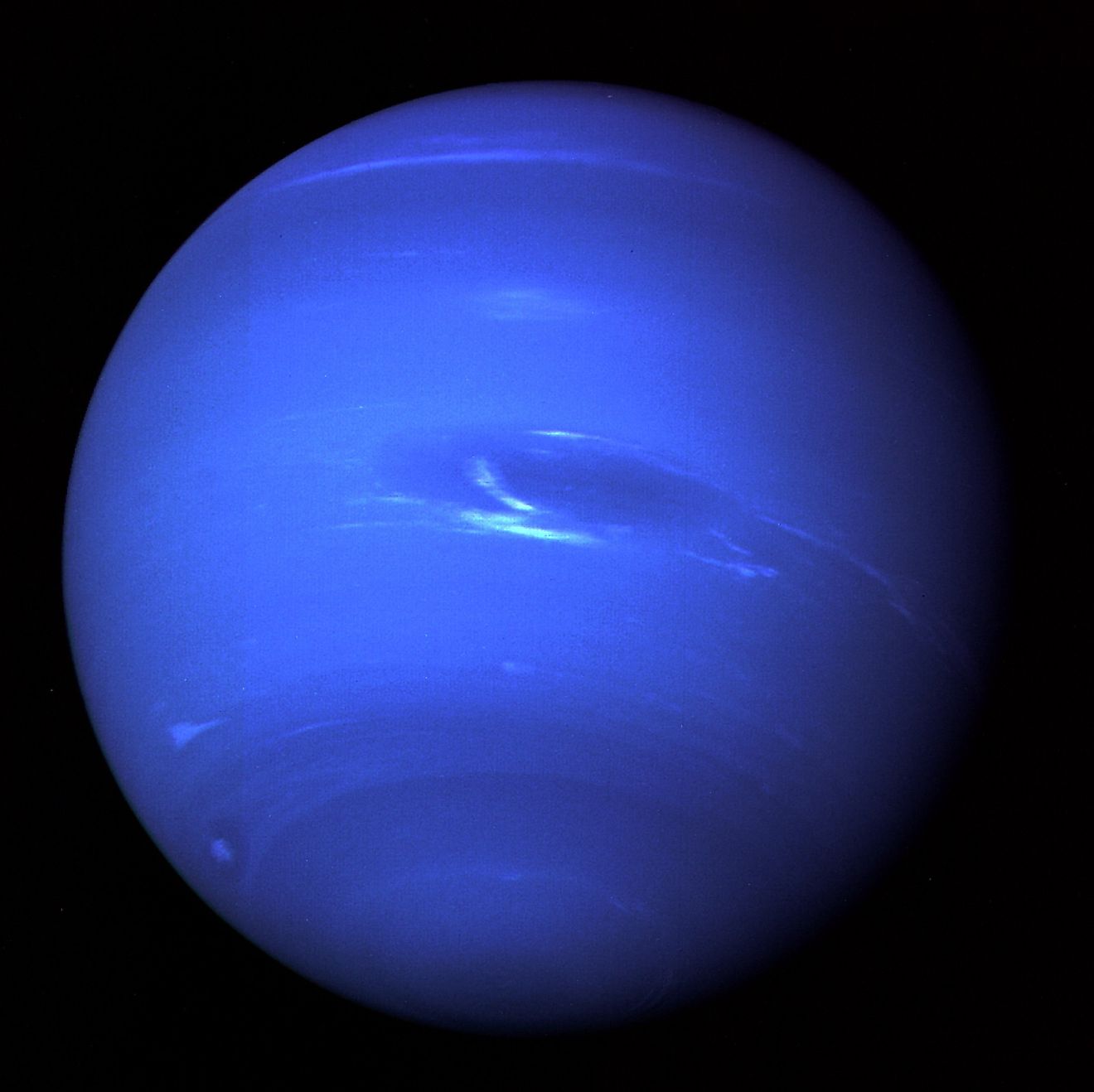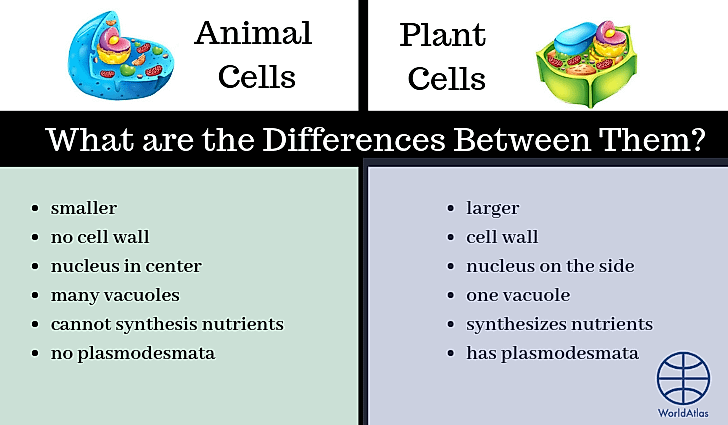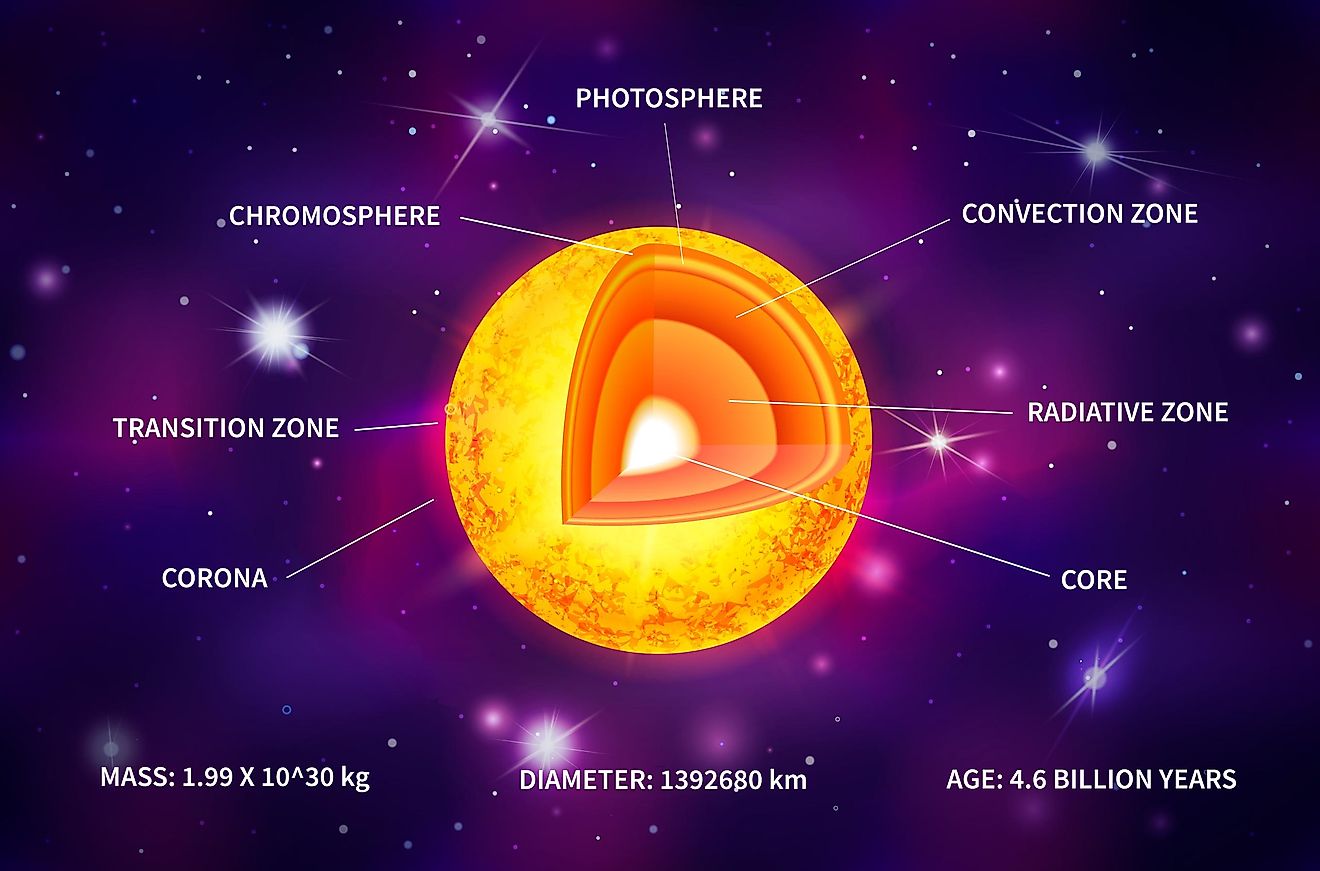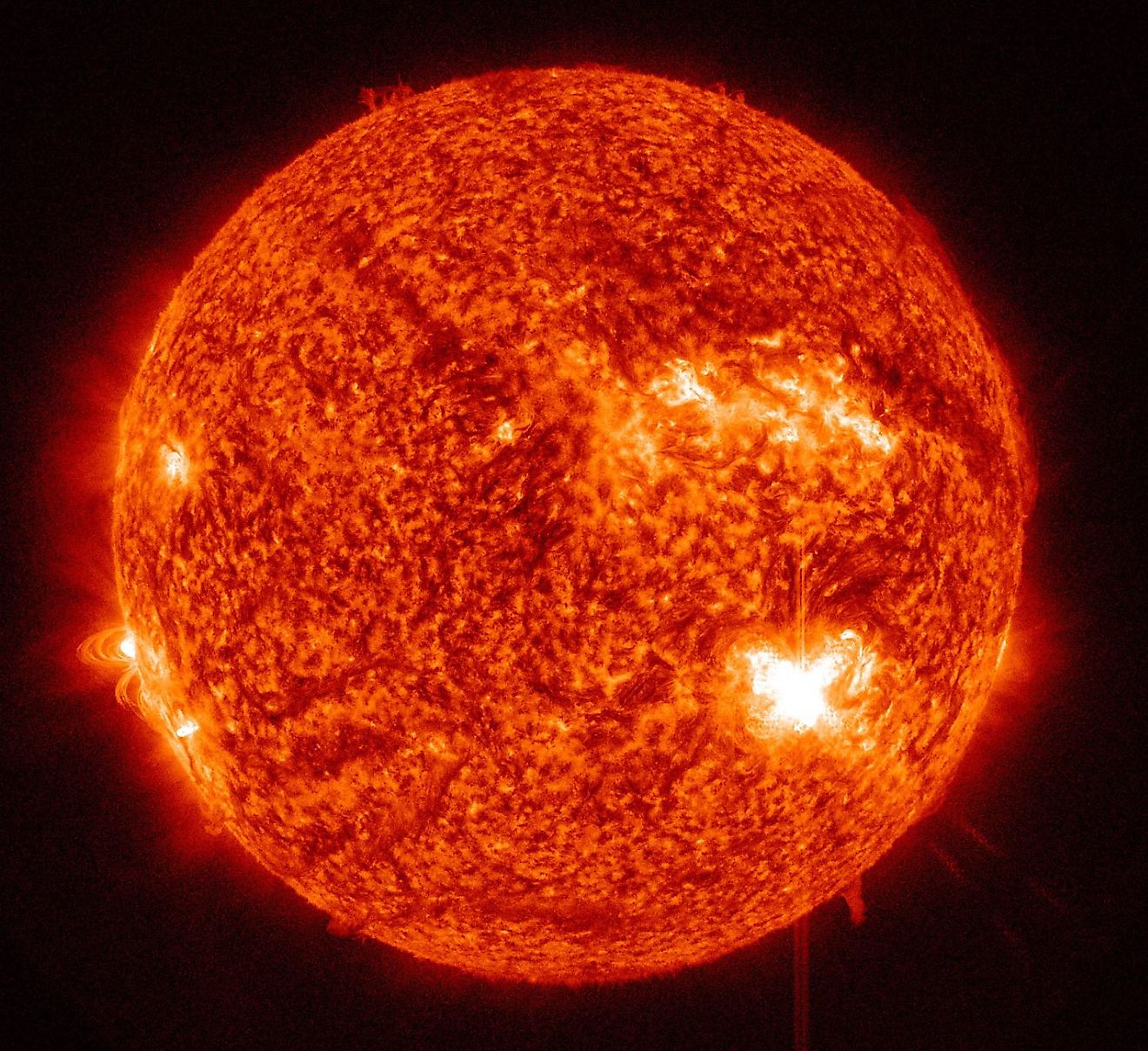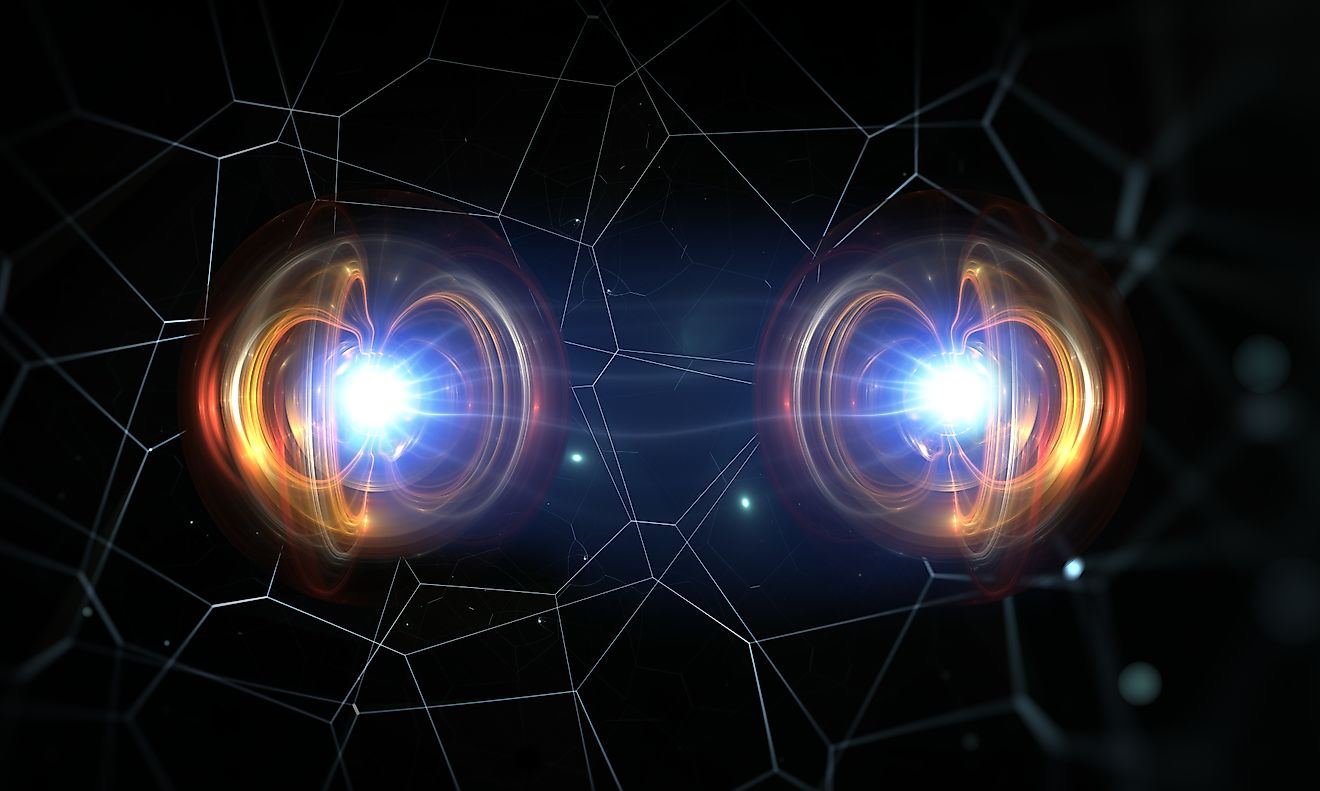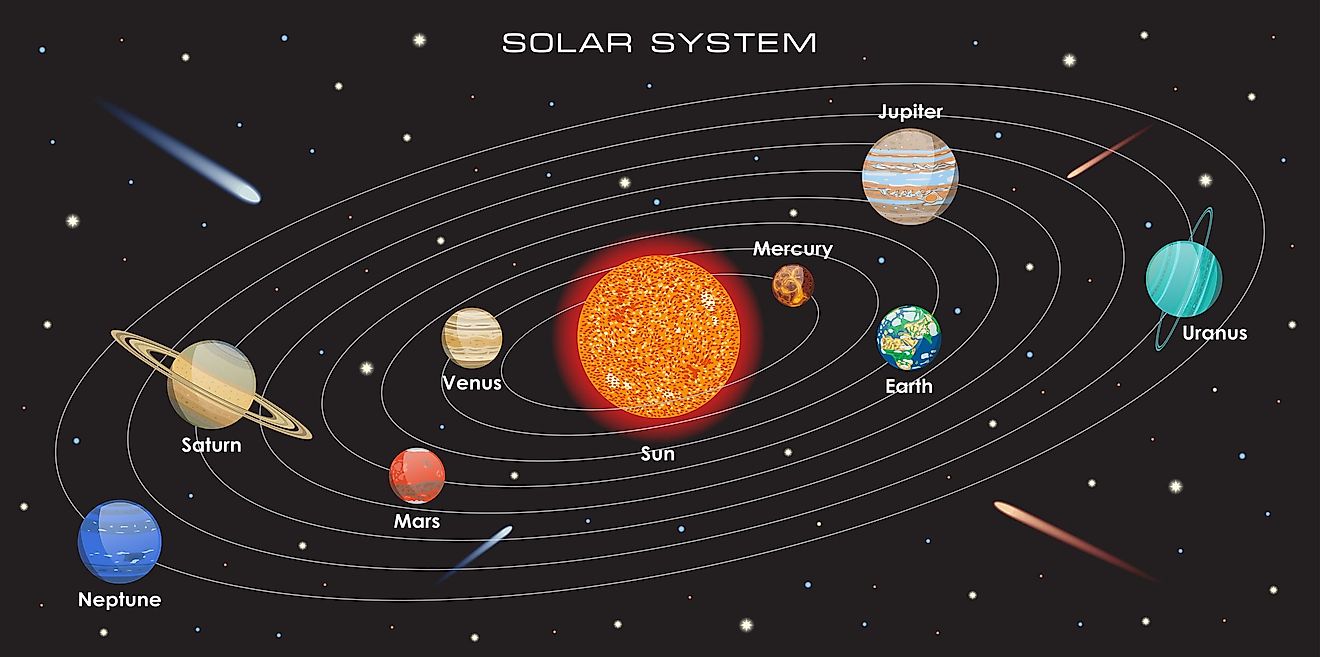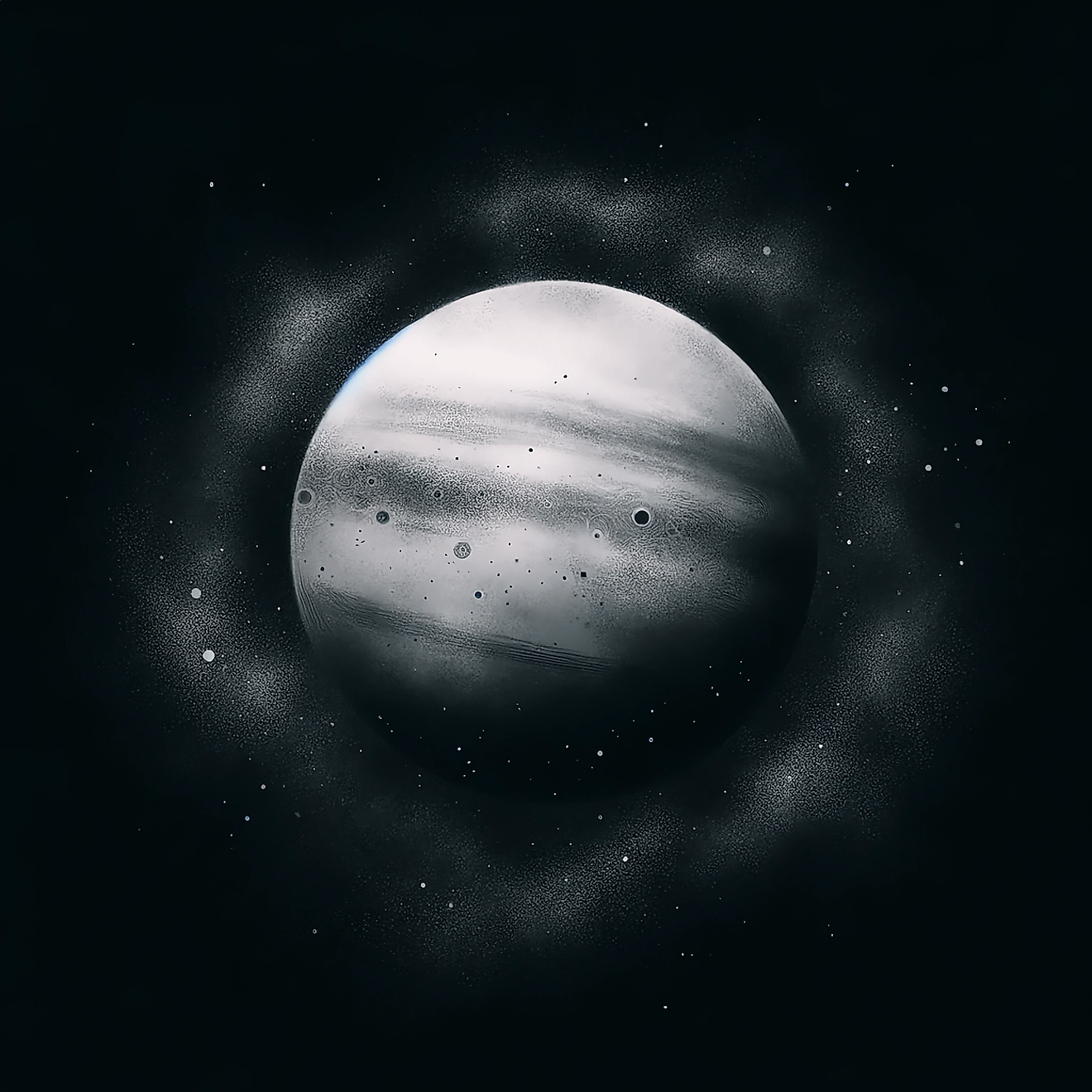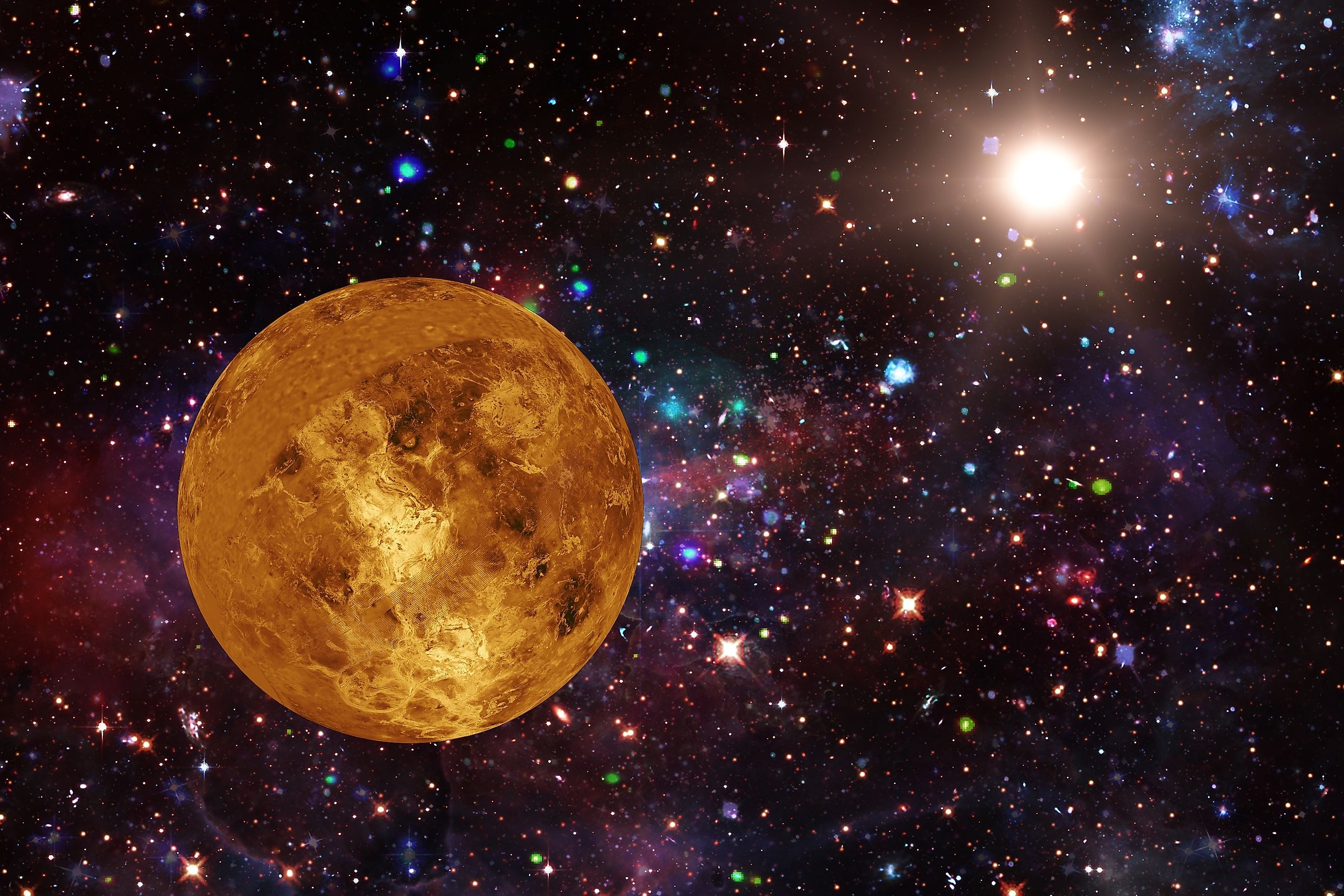
10 Fascinating Facts About Venus
Venus, often called Earth’s "twin planet," is one of the most captivating worlds in our solar system. Though it shares a similar size and composition with Earth, it’s a planet of wild extremes: boiling temperatures, crushing pressure, and a sky swirling with acid clouds. Ready to be amazed? Here are 10 jaw-dropping facts that will make you see this planet in a new light.
1. Venus is the Hottest Planet in the Solar System
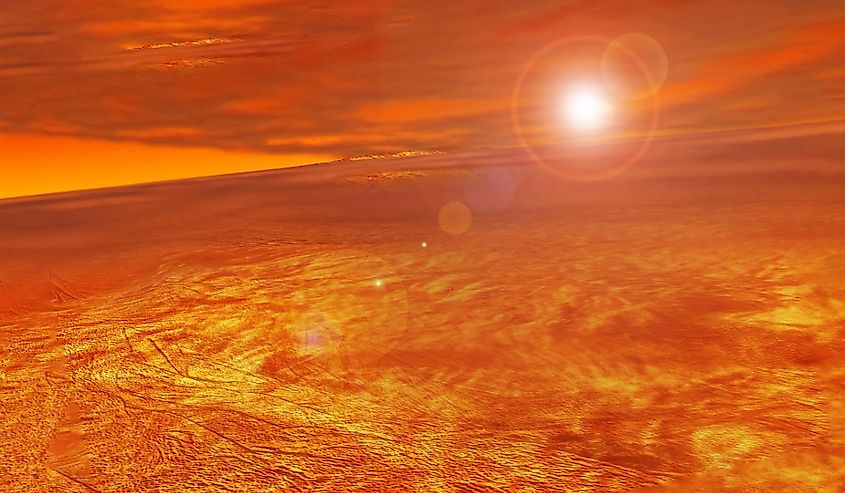
While Mercury is closer to the Sun, Venus is the hottest planet in our solar system. Surface temperatures on Venus can reach a staggering 900 degrees Fahrenheit (475 degrees Celsius), hot enough to melt lead. This extreme heat is due to the planet’s thick atmosphere, which is composed primarily of carbon dioxide, a greenhouse gas that traps heat efficiently. The runaway greenhouse effect on Venus has created a surface environment that is more like a furnace than a habitable world.
2. Venus Has a Super-Rotating Atmosphere
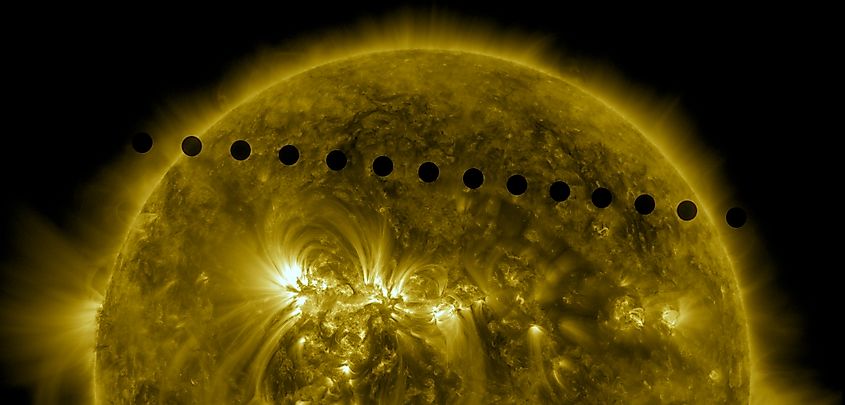
Venus has an incredibly slow rotation; it takes 243 Earth days to spin once on its axis. But its atmosphere is in a hurry! Winds in the upper atmosphere zip around the planet in just four Earth days, reaching speeds of over 220 miles per hour (360 kilometers per hour). This phenomenon, known as super-rotation, is still a bit of a mystery to scientists.
3. Venus Rotates Backwards
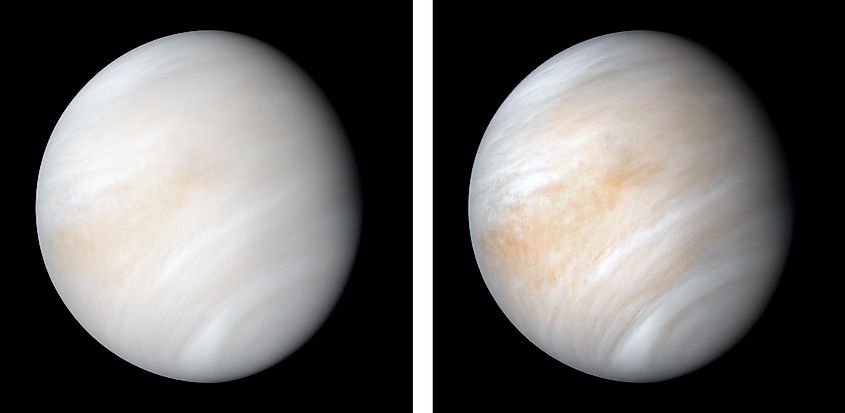
Venus does something very unusual. It spins in the opposite direction to most other planets. If you stood on its surface (in a heat-resistant suit), the Sun would rise in the West and set in the East. The reason for this backward spin is still debated. Still, one leading theory suggests that a massive collision with another celestial object billions of years ago could have flipped Venus’s rotation. This unique characteristic adds to the planet’s mystique.
4. Venus is Covered in Volcanoes
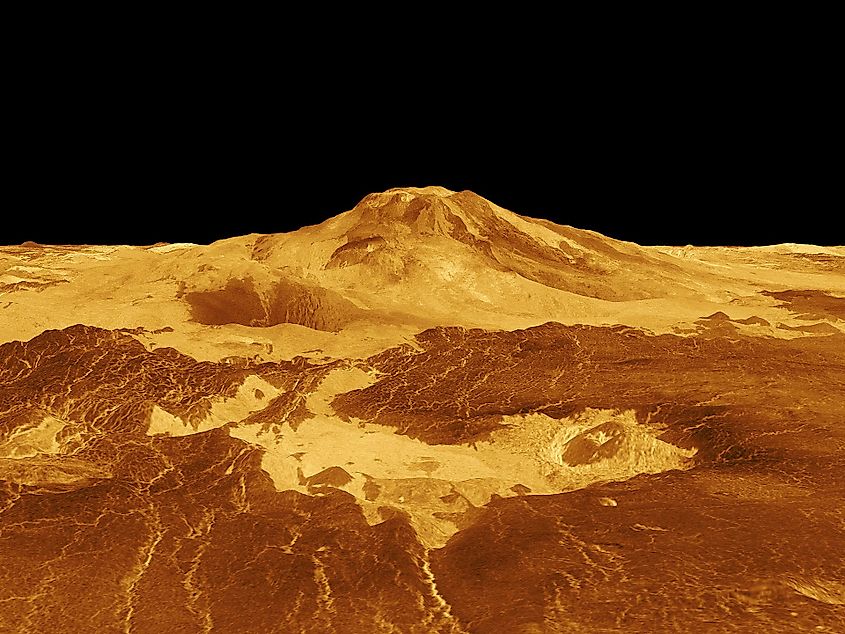
Venus is a volcanic world with more than 1,600 major volcanoes, making it the planet with the most volcanoes in the solar system. Many of them are considered extinct, but evidence suggests that some might still be active today. The planet’s surface is also marked by vast lava plains, indicating that volcanic activity has significantly shaped its landscape.
5. Venus Has a Crushing Atmospheric Pressure
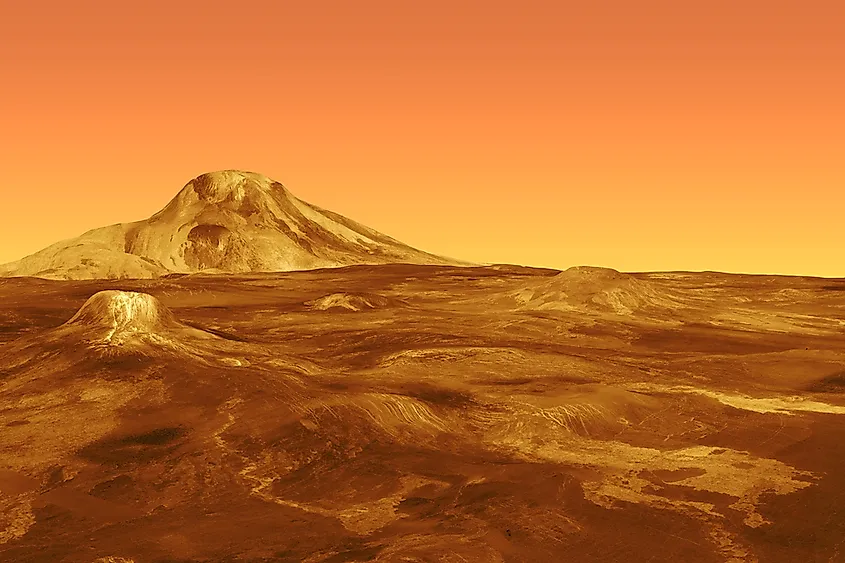
The air pressure on Venus is about 92 times greater than Earth's. That’s like standing 3,000 feet underwater on our planet. This immense pressure is strong enough to crush most spacecraft, so landing missions there have had to be built like armored tanks.
6. Venus Has Phases Like the Moon

Because Venus orbits the Sun inside Earth’s orbit, it goes through phases similar to the Moon's. When viewed through a telescope, Venus can appear as a crescent, half-lit, or fully illuminated, depending on its position relative to Earth and the Sun. This phenomenon was first observed by Galileo Galilei in the early 17th century and provided crucial evidence for the heliocentric model of the solar system.
7. Venus Has No Moons or Rings
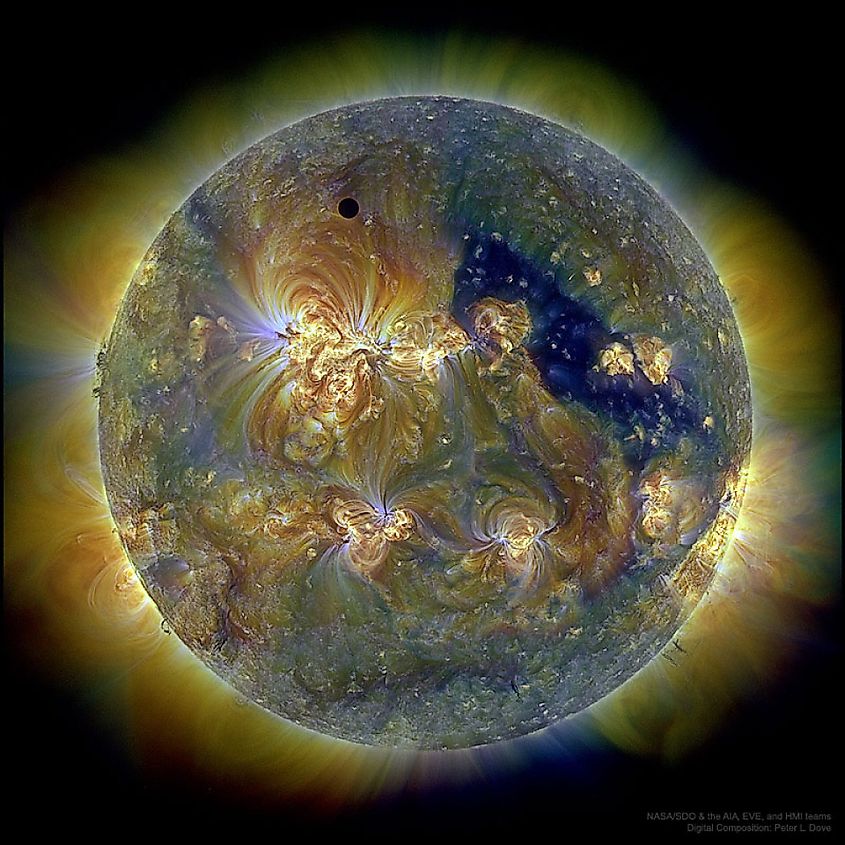
Unlike most other planets in the solar system, Venus has no natural moons or rings. This sets it apart from its neighboring planets, such as Earth (which has one moon) and Saturn (which has a spectacular ring system). This lack of moons or rings is still unclear, but it may be related to Venus’s unique formation history or its proximity to the Sun.
8. Venus is the Brightest Planet in the Night Sky
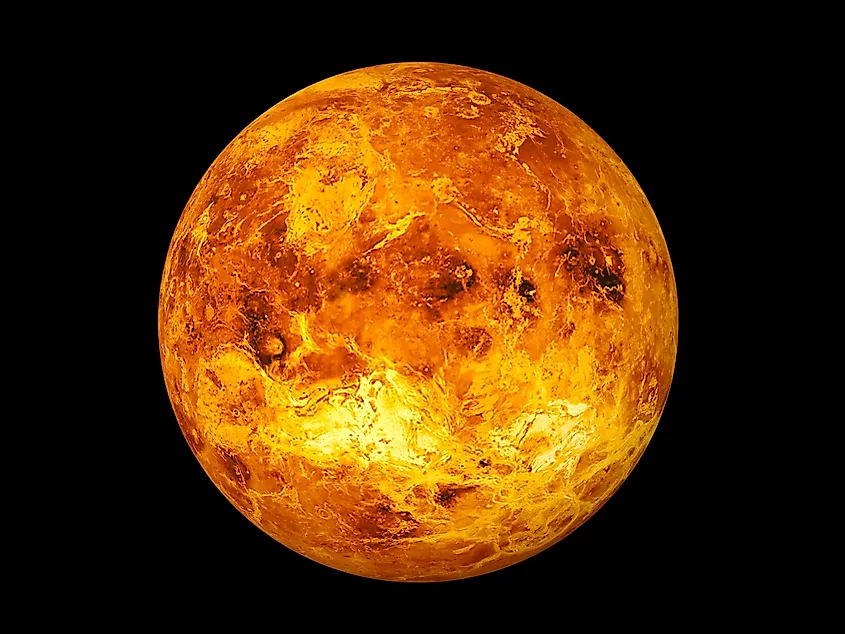
Venus is often called the "Morning Star" or "Evening Star" because it is the brightest natural object in the night sky after the Sun and Moon. Its brilliance is due to its highly reflective clouds, which reflect about 75% of the sunlight that hits them. Venus is so bright that it can even cast shadows on Earth under the right conditions. Its visibility and beauty have made it a prominent feature in human culture and mythology for thousands of years.
9. Venus May Have Once Been Habitable
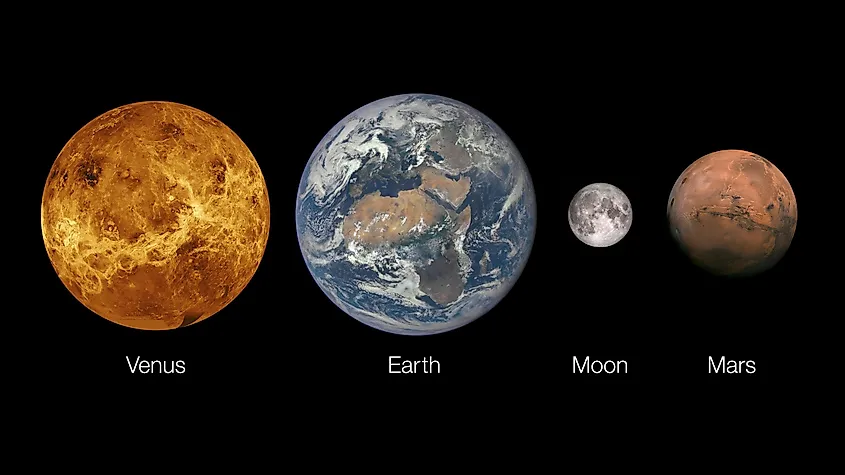
Today, Venus is a scorching, toxic world that perhaps wasn't always this way. Scientists believe it may have once been a much more Earth-like planet. Some studies suggest that Venus could have had liquid water on its surface and a more temperate climate billions of years ago. However, as the Sun grew hotter and Venus’s greenhouse effect intensified, the planet’s water evaporated, and its surface became uninhabitable. Understanding Venus’s past could provide valuable insights into the potential for life on other planets.
10. Venus Has Been Explored by Numerous Spacecraft
Despite its harsh conditions, Venus has been the target of numerous space missions. The Soviet Union’s Venera program successfully landed several probes on the planet’s surface in the 1970s and 1980s, providing the first close-up images and data from Venus. NASA’s Magellan mission in the 1990s used radar to map 98% of the planet’s surface, revealing its volcanic plains, mountains, and impact craters. Recently, missions like the European Space Agency’s Venus Express and the one undertaken by Japan’s Akatsuki have studied the planet’s atmosphere and weather patterns. Future missions like NASA’s VERITAS and DAVINCI aim to uncover more secrets about this fascinating world.

